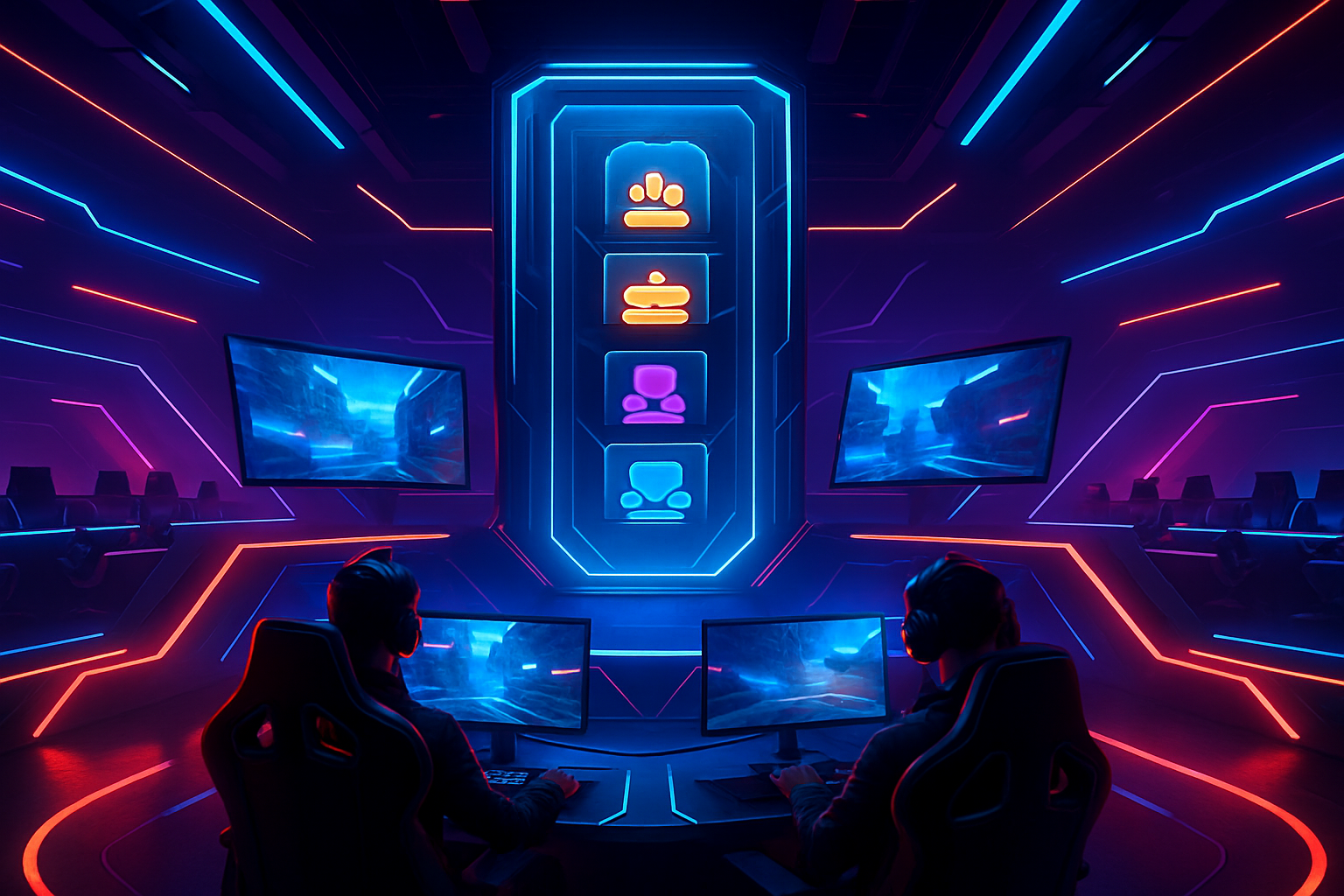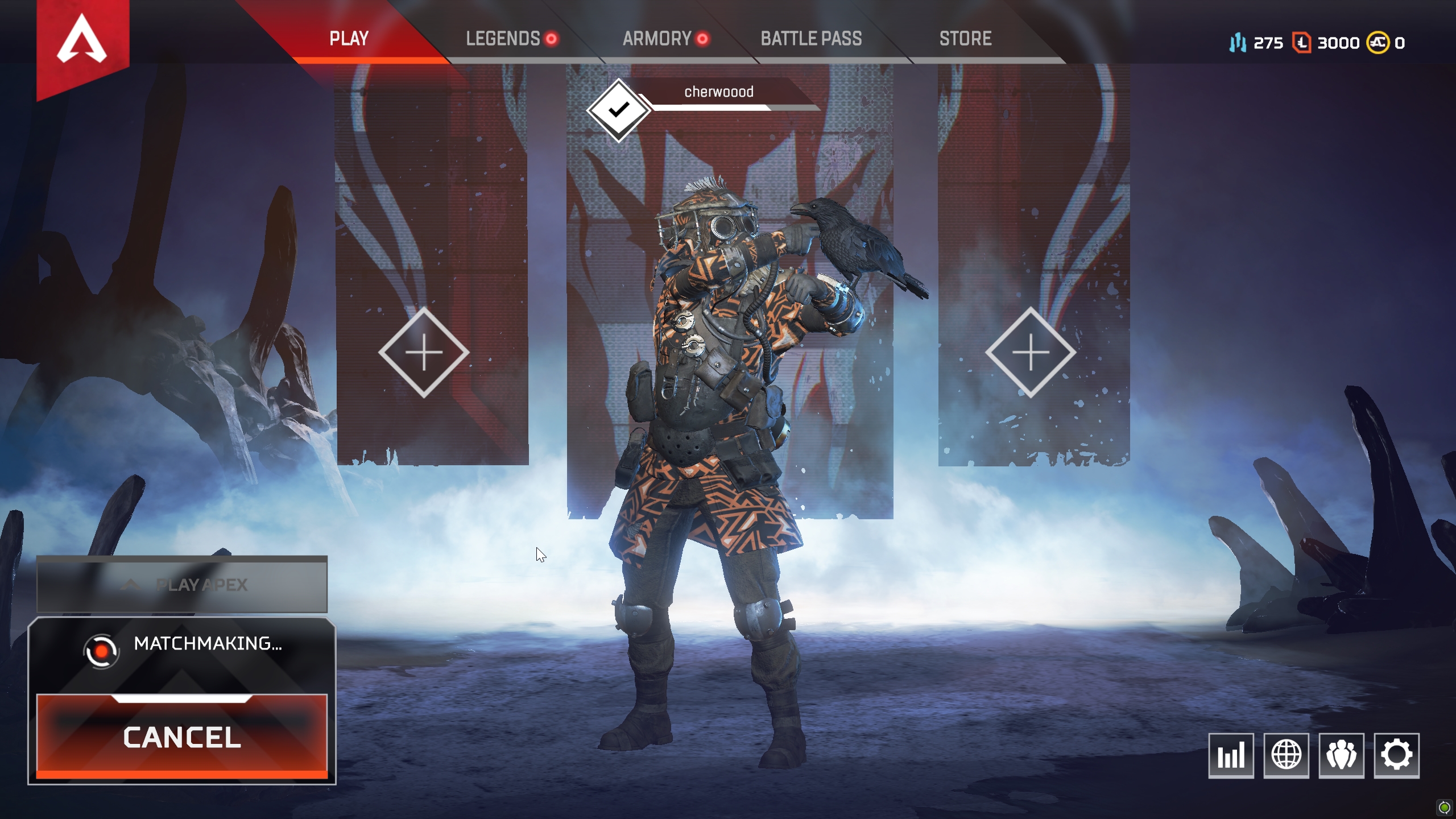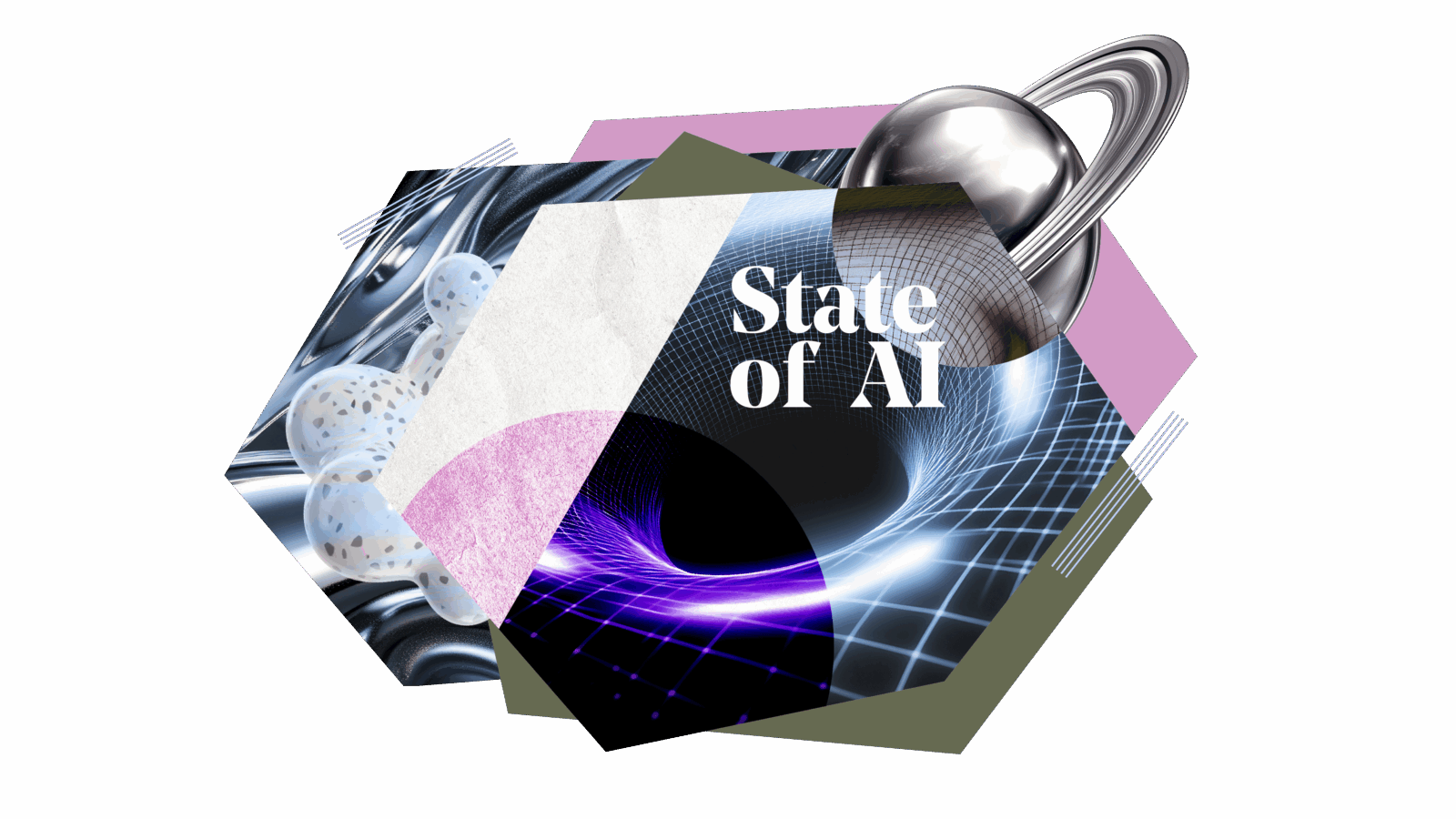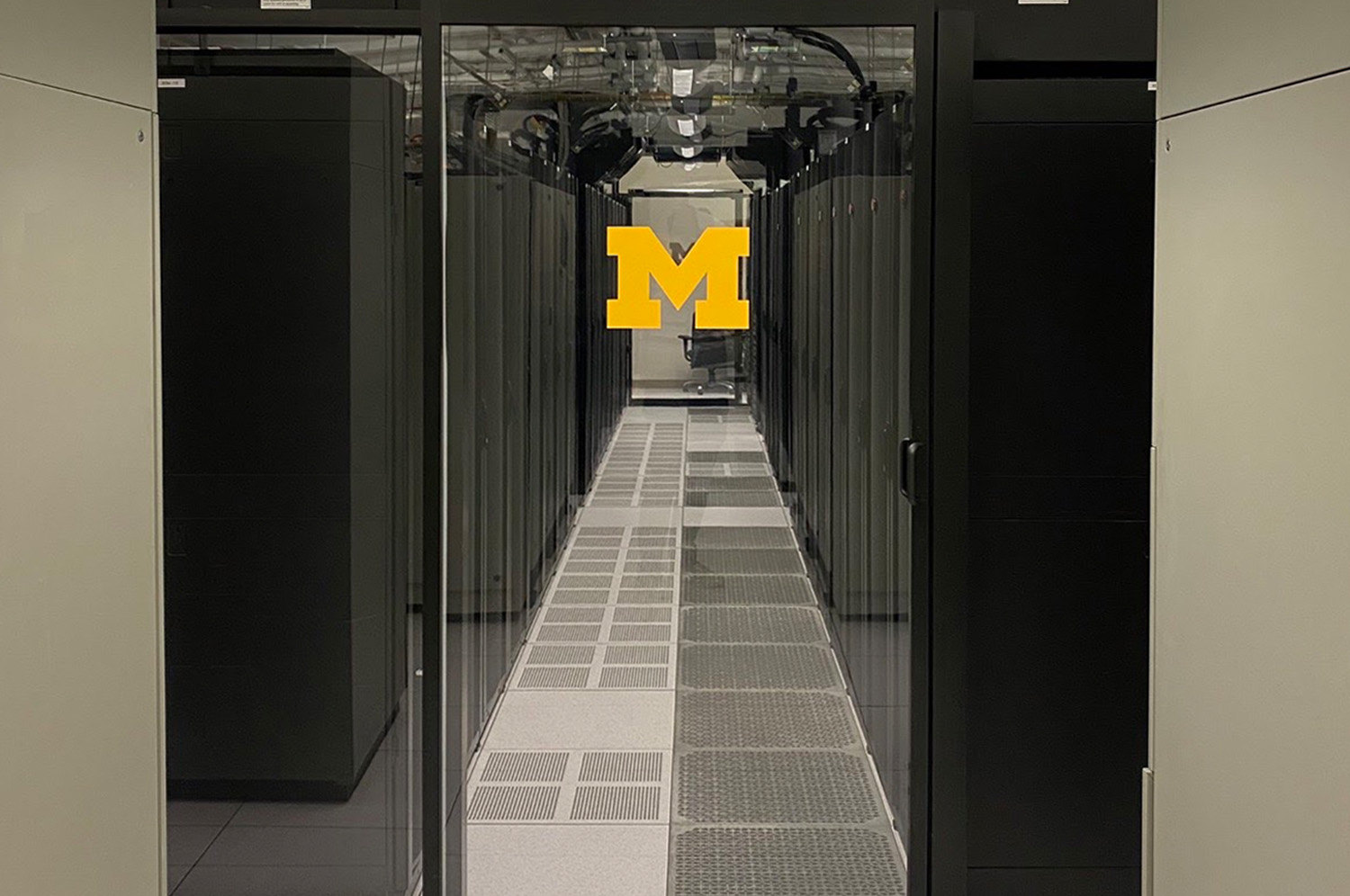
In 2025, the landscape of competitive gaming is being redefined by the rise of AI leaderboards. No longer just a tally of wins and losses, these sophisticated ranking systems now serve as the backbone for AI gaming arenas, shaping everything from player development to fan engagement. As both established studios and indie developers pour resources into real-time AI competition, understanding how these leaderboards function, and where their pitfalls lie, has become essential for anyone invested in the future of esports.
AI Leaderboards: The New Pulse of Competitive Arenas
At their core, AI leaderboards are dynamic systems that track and rank AI agents or players based on performance across a series of matches or challenges. What sets 2025’s platforms apart is their use of advanced algorithms to analyze not just outcomes but granular gameplay data: decision-making speed, adaptability, resource management, and even psychological resilience under pressure. This multi-dimensional approach enables a far more accurate assessment of skill than traditional win/loss records.

The impact is profound. According to recent industry statistics, AI-driven coaching platforms leveraging leaderboard insights have improved player training efficiency by up to 35%. These systems highlight not only who is winning but why, offering actionable feedback that accelerates skill development for both human players and their AI counterparts. For those participating in AI tournaments in 2025, this means a faster learning curve and stiffer competition at every level.
How AI Leaderboards Drive Fairer Matchmaking
The sophistication of modern AI ranking systems has also transformed matchmaking. Instead of relying solely on broad skill brackets, today’s algorithms parse playstyle preferences, weapon choices, behavioral patterns, and even micro-decisions made under stress. Games like “Apex Legends” and “Call of Duty: Modern Warfare III” are at the forefront here, using real-time data to create matches that maximize both competitiveness and player satisfaction.
This approach isn’t just about fairness; it’s about keeping players engaged for longer periods. Recent studies show that balanced matchmaking, powered by nuanced leaderboard analytics, directly correlates with higher player retention rates. In fact, some platforms have reported up to a 40% increase in viewer engagement thanks to real-time performance visualizations such as heatmaps and dynamic stats overlays during live broadcasts (source).
The Global Impact: Connecting Players and Fans Worldwide
AI gaming arenas are more than just battlegrounds, they’re global communities. Leaderboards now act as digital bridges connecting players from every continent through transparent rankings and cross-platform competitions. Platforms like Google’s Kaggle Game Arena exemplify this trend by hosting public benchmarking events where frontier models compete in strategic games like chess (source). These open competitions foster innovation while giving fans unprecedented access to the evolution of artificial intelligence in action.
Top Ways AI Leaderboards Are Transforming Competitive Gaming in 2025
-

Enhanced Player Performance Analysis: AI-driven leaderboards now deliver deep insights into individual and team performances by analyzing vast gameplay data. This enables platforms like AI-powered coaching tools to tailor training regimens, improving player training efficiency by up to 35%.
-

Refined Matchmaking Systems: Games such as Apex Legends and Call of Duty: Modern Warfare III use AI algorithms to assess player skill, playstyle, and behavioral patterns. This ensures more balanced, competitive matches and enhances player satisfaction and retention.
-

Elevated Fan Engagement: AI-enhanced leaderboards provide real-time performance visualizations, including heatmaps and dynamic statistics. These analytics, as seen in major esports events, have increased viewer engagement by 40%, making matches more immersive and informative.
-

Promotion of Fair Play and Transparency: Public AI benchmarking platforms like Kaggle Game Arena enable transparent, live competitions between AI models, fostering trust and fairness in competitive rankings.
-

Addressing Challenges and Overfitting Risks: Recent studies from institutions like the University of Michigan and UC Berkeley highlight the need for robust evaluation methods to prevent data contamination and overfitting, ensuring that AI leaderboards remain reliable and generalizable.
This global reach isn’t without its challenges. As highlighted in recent research from Michigan Engineering News and Cohere, faulty ranking mechanisms or opaque evaluation criteria can undermine trust in leaderboard results. Accusations, such as those leveled at LM Arena for allegedly favoring large companies, underscore the need for greater transparency and standardized evaluation protocols across all major platforms (source). Cross-institutional collaborations are underway to address these concerns through more robust benchmarking standards.
Transparency is fast becoming the watchword for competitive AI ranking systems. In response to criticisms of bias and manipulation, leading platforms are adopting new protocols that prioritize open-source evaluation, peer review, and user voting. For example, the UC Berkeley system allows users to directly compare AI-generated answers, with aggregate votes driving real-time leaderboard adjustments (source). This not only democratizes the ranking process but also helps surface emerging talent from smaller teams that might otherwise be overshadowed by deep-pocketed tech giants.
Another key trend in 2025 is the integration of AI vs AI gaming events into mainstream esports calendars. These tournaments pit frontier models against each other in a variety of genres, from tactical shooters to classic strategy games. The result: a new breed of spectator sport where fans can analyze every move through interactive dashboards and predictive analytics. Platforms such as Google DeepMind’s Kaggle Game Arena have set a precedent by livestreaming chess showdowns between top-performing AIs, drawing massive global audiences and sparking lively debate about what constitutes true “intelligence” in gameplay (source).
The competitive landscape is also being shaped by the ways in which real-time AI competition data is leveraged outside of matches. Developers now routinely use leaderboard analytics to fine-tune game balance, identify exploits, and even detect suspicious behavior indicative of cheating or model collusion. This feedback loop ensures that arenas remain not only competitive but also secure and enjoyable for all participants.
Ongoing Challenges: Benchmark Overfitting and Data Integrity
No system is without flaws. As AI leaderboards become more influential, concerns about benchmark overfitting have grown louder. When models are optimized solely for leaderboard performance rather than general play quality or adaptability, there’s a risk that the rankings become less meaningful, a phenomenon researchers call the “leaderboard illusion. ” Recent cross-institutional studies recommend implementing adversarial testing and rotating evaluation metrics to mitigate this effect (source).
Maintaining data integrity remains equally critical. Contaminated datasets or unintentional data leaks can skew results and erode trust among both players and spectators. To combat this, some platforms are now publishing detailed audit trails alongside their rankings and inviting third-party verification as standard practice.
Looking Ahead: The Future of Competitive AI Arenas
The evolution of AI leaderboards signals a broader shift toward transparency, community-driven innovation, and global inclusivity in esports. As platforms continue refining their evaluation methods and expanding access to real-time analytics, expect even greater synergy between human creativity and artificial intelligence on the digital battlefield.
The most successful players, and developers, in 2025 will be those who embrace these tools not just as scorekeepers but as strategic partners in growth.



